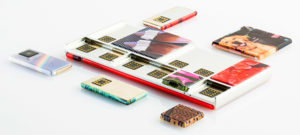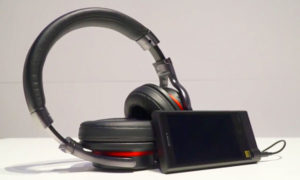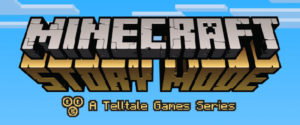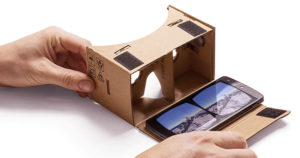
At the DEMO exhibition in Palm Desert, Calif., Livescribe on Monday debuted its much-anticipated Pulse smartpen.
Technically a computer within a pen, the Pulse smartpen simultaneously captures handwriting and audio, and synchronizes them together. The device is also a general purpose computer with rich I/O capabilities and a Java development environment that enables a wide range of applications, Livescribe said.
“Pulse is a new type of mobile computer that supports the four basic modes of human communication — reading, writing, speaking and listening,” said Livescribe CEO Jim Marggraff. “Using an embedded speaker and display for audio/visual input, and microphones and a pen for audio/visual output, Pulse advances the power and flexibility of mobile computing — it’s the missing link that now connects the paper and digital worlds.”
Time-Stamped Note Taking
The Pulse’s core application, called Paper Replay, lets users record and sync audio with whatever they write. Later, they can tap on their paper notes to hear exactly what was said.
“The best way to think about it is that while you’re taking notes, it’s recording simultaneously everything your ears would be hearing,” Eric Petitt, a spokesperson for Livescribe, told TechNewsWorld. “You can then go back and tap on words in your notes, and it will replay what was going on when you heard them — it’s basically time-stamped.”
A journalist, for example, could jot down a star in her notes next to a particularly important part of an interview. When she later taps the star, the pen will play back what was being said at the moment she wrote it, Petitt explained.
Paper Replay requires that users write on special dot paper so that the pen can orient itself while writing. A notebook of dot paper comes with the device, and more will be available at prices comparable to those of ordinary notebooks, Livescribe said. In addition, beginning in April Livescribe will enable users to print the dots themselves using a laser jet printer, it said.
Users of the smartpen will be able to fast forward, rewind, jump ahead, pause, and even speed up or slow down their audio recordings using controls printed on the bottom of each page.
Developer Program
Expected to ship in March, the Pulse features a charcoal blue anodized aluminum housing and weighs just 1.3 ounces. Two models are both now available for preorder. A US$149 model comes with 1GB and room for more than 100 hours of recorded audio, more than 16,000 pages of digital notes or add-on applications. A 2 GB model, priced at $199, doubles the storage capacity and provides more flexibility for downloading future applications, Livescribe said.
The mobile computer within the device includes a high-speed infrared camera with a dot positioning system (DPS); rechargeable lithium battery; high contrast display for easy indoor/outdoor viewing; dual microphones for clear recording and noise cancellation; an embedded speaker and an audio jack for Livescribe’s 3D Recording Headset, which is also included.
A USB mobile charging cradle, Livescribe desktop software and access to Livescribe’s online community are also part of the package. The Pulse will initially be compatible with just Windows XP and Vista, but a Mac version is in the works, Livescribe said.
Also at DEMO, Livescribe announced a developer program through which it invites developers to build innovative, paper-based computing applications for the Pulse. The program provides a suite of tools and services for users, casual developers and professional developers to create, publish, share and sell their applications. Members will have access to developer tools, technical documentation, starter guides, sample code, community forums and technical support.
Applications already in the works include a Spanish translator, a personal organizer, games and interactive books, Livescribe said.
More Receptive Market
The personal computing industry is looking for alternative input methods, Richard Shim, research manager for IDC’s Personal Computing program, told TechNewsWorld.
“We’ve seen a lot of pen devices in the past, and they haven’t done very well,” Shim noted. “At the same time, a lot of things have changed, and the market is becoming more receptive to alternative input methods. As prices fall for a lot of technologies, the opportunity becomes wider for something revolutionary to take hold.”





















































